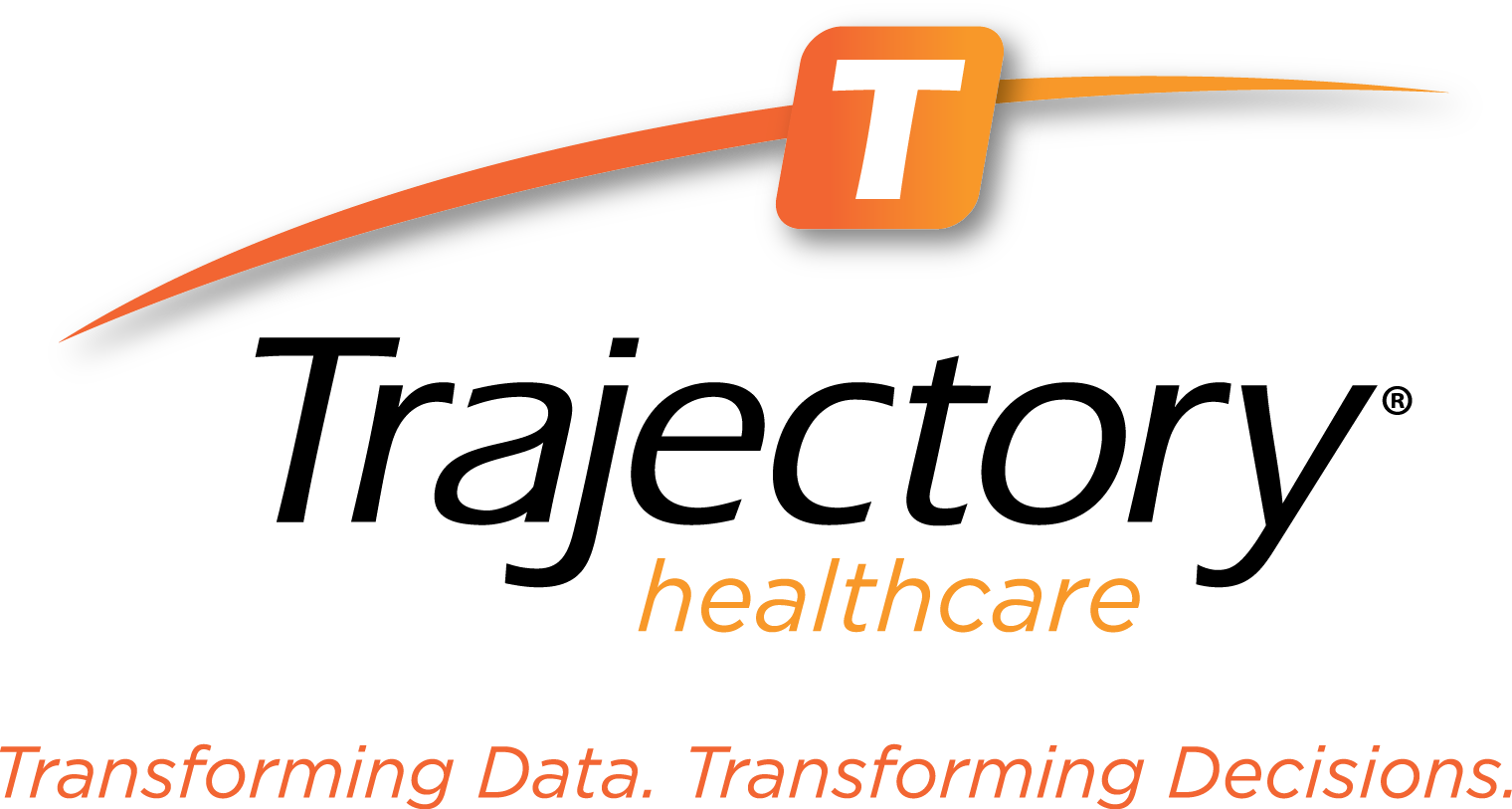Over the past several years, population health management (PHM) has become a catchphrase for what many believe is a transition to a more outcomes-based approach to health care. While there has been a renewed focus on outcomes and treatment of entire patient populations, this is hardly a new phenomenon. Managing population health in various ways has been used for decades as a way to address public health concerns, along with use in areas outside of the traditional “health care” realm.
PHM has become more formalized as a tool of health care delivery and payment systems. According to the Department of Population Health at the New York University School of Medicine, “Population health complements the individualized practice of clinical medicine by placing its focus on the health—both determinants and outcomes—of entire populations of persons, promoting proactive approaches to disease prevention and management at the community, health system and policy levels.”i Many modern definitions of population health and PHM use similarly broad terms, acknowledging that this paradigm of health care should not be restricted to one purpose or goal.
In order to understand the emphasis on population health management, it is important to know how “population health” is distinguished from “individual health,” how it has been defined in the past, what it constitutes today, and the benefits of its use to stakeholders.
please
click here

